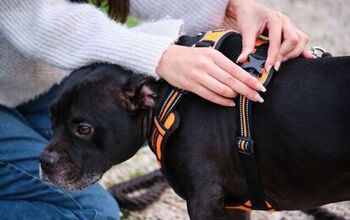Do Dogs Experience Grief?
Anyone who has ever shared their heart and home with a dog can attest to how deep the emotional connection we form with our best friends is. It is this bond that makes saying goodbye so difficult. But are we the only ones experiencing this pain?If you have recently experienced the passing of a pet or family member and noticed your dog acting a little differently, you may be wondering – Do dogs experience grief, too?In this article, we will dig into the truth about canine emotions and canine grief. This includes understanding what grief means to your dog, learning to recognize the signs that they may be mourning and tips for helping your best friend navigate this difficult time.Do Dogs Experience Grief or Mourning?The short answer is yes, dogs do grieve the loss of a person or animal in their lives. In a 2022 study led by Dr. Federica Pirrone, a veterinary physiologist at the University of Milan, 86% of dog owners reported that they saw a change in behavior in their surviving dog after losing a companion.Our dogs form close bonds with one another and with us. This can be seen both in wild dogs, with the relationships that exist between pack members, as well as the domesticated dogs of today.While they can’t tell us how they are feeling (although we wish they could), dog parents often witness physical and behavioral changes that indicate something is “off” for their dog following a loss. This occurs when a family member (human or pet) passes or even if a family member moves away like a child moving out of the family home.Recognizing that our dogs also go through a grieving process allows us to take steps to help our beloved furry friends deal with this difficult time.












